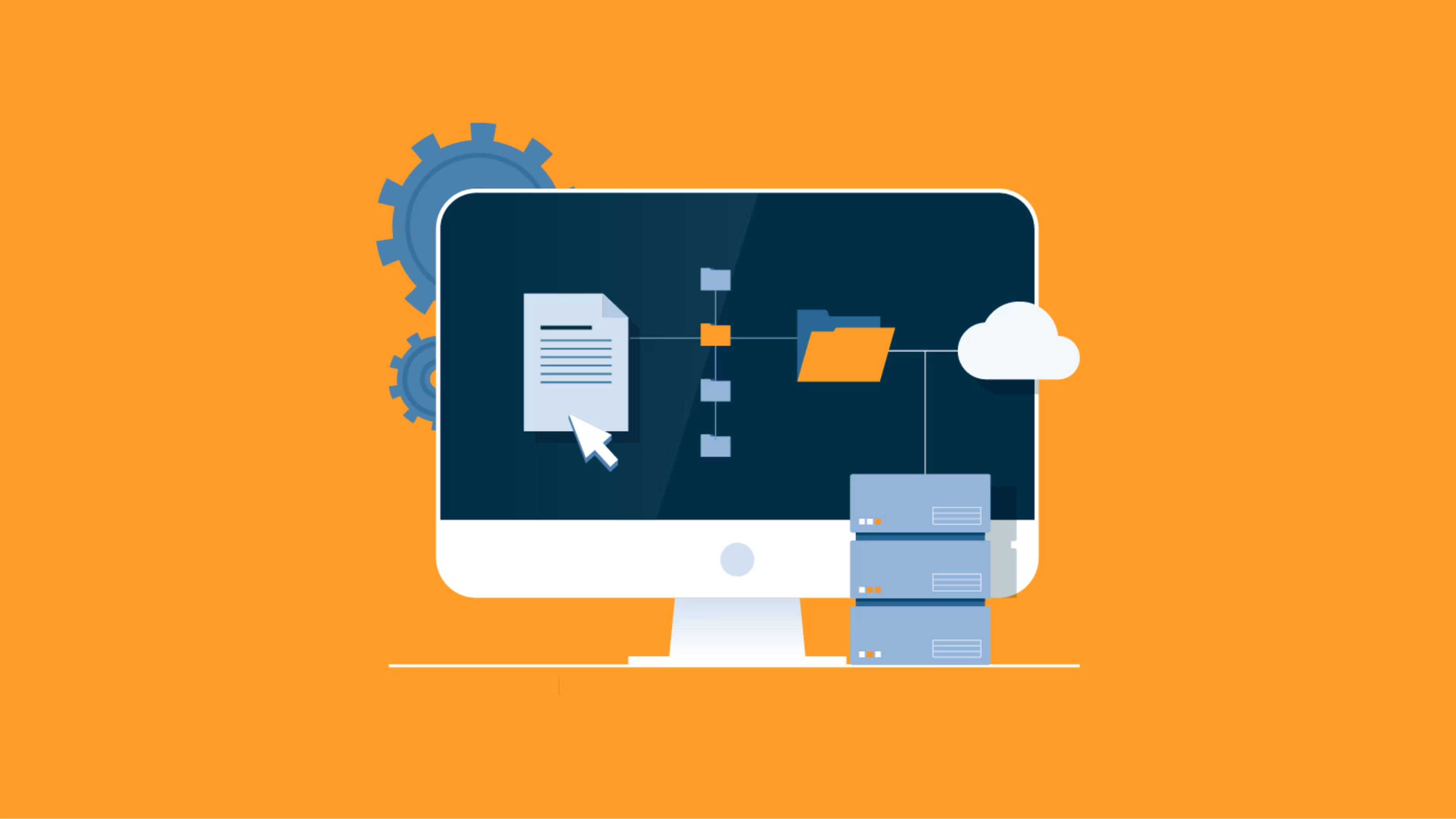Learn about the different types of database management systems and how they function.
As a small-business leader, do you struggle to manage your company’s database because of limited experience in IT management? You already know that you can use a database management system (DBMS) to tackle this issue, but do you know which type of DBMS would make the most sense for your small-business needs?
Database management systems are usually of four types—each with its unique characteristics, functionality, and purpose. Investing in the wrong type can lead to challenges such as security compliance risks, poor data organization, and excessive data redundancy.
On the other hand, a good understanding of each DBMS type and how it works can help you select a platform that makes data management easier, eliminates data redundancy, and prevents compliance risks for your business.
This article explains the four common types of database management systems and their benefits to help you select DBMS software that’s compatible with your existing applications and IT infrastructure.
Our lists of IT Services Agencies by location can help you find the services you’re looking for.
What is a database management system?
A database management system is a software platform that helps store, organize, and retrieve data efficiently. It ensures data accuracy and consistency by enforcing rules such as data constraints that prevent duplication or typos.
Modern database management systems provide an intuitive interface so users can easily navigate complex databases. They come with data security and performance monitoring capabilities as well as backup and recovery mechanisms to help prevent data loss.
Database management systems support the scalability and growth of your small business by making it easier to handle large volumes of data and new data types. You can also add new data sources, applications, and tables to your databases.
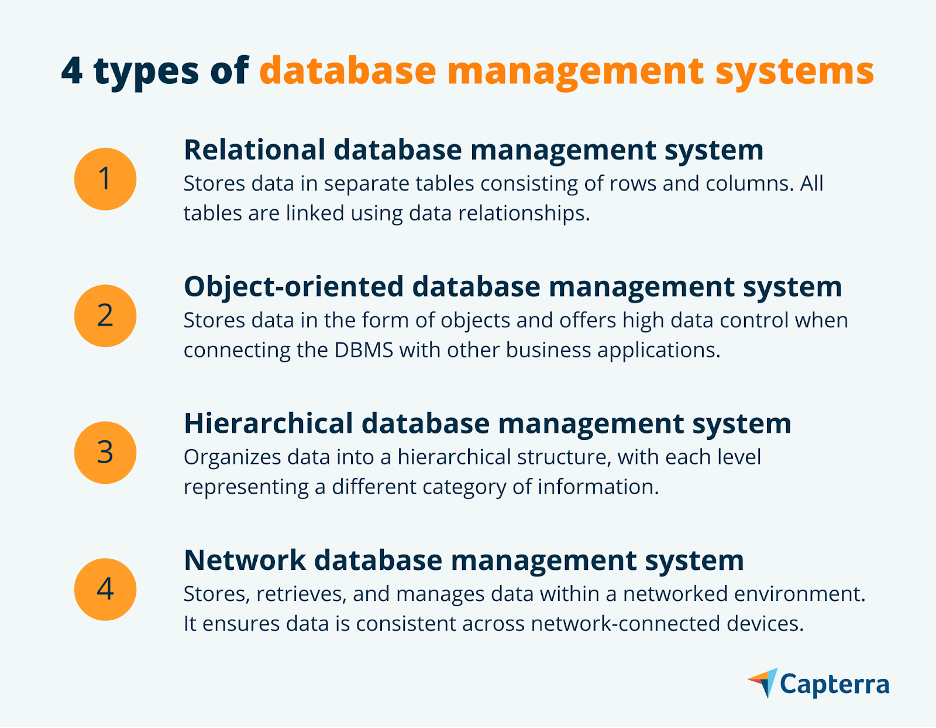
1. Relational database management system
A relational database management system (RDBMS) stores data in separate tables consisting of rows and columns—much like spreadsheet programs. These tables are linked together using relationships, so you can quickly access, organize, and update the data.
The relational model stores data in a systematic manner and is well suited to handle a large number of concurrent users and transactions. Let’s look at an example: A public library’s relational DBMS could contain multiple tables such as:
The books table, which stores information about books, including their title, author, genre, and ISBN (a unique number to identify each book).
The patrons table, which stores information about the library’s patrons, including their name, address, and phone number.
The transactions table, which stores information about books that are checked out, including the patron ID, book ID, and due date.
These tables are all related to each other and can be used to store and retrieve information about books, patrons, and transactions.
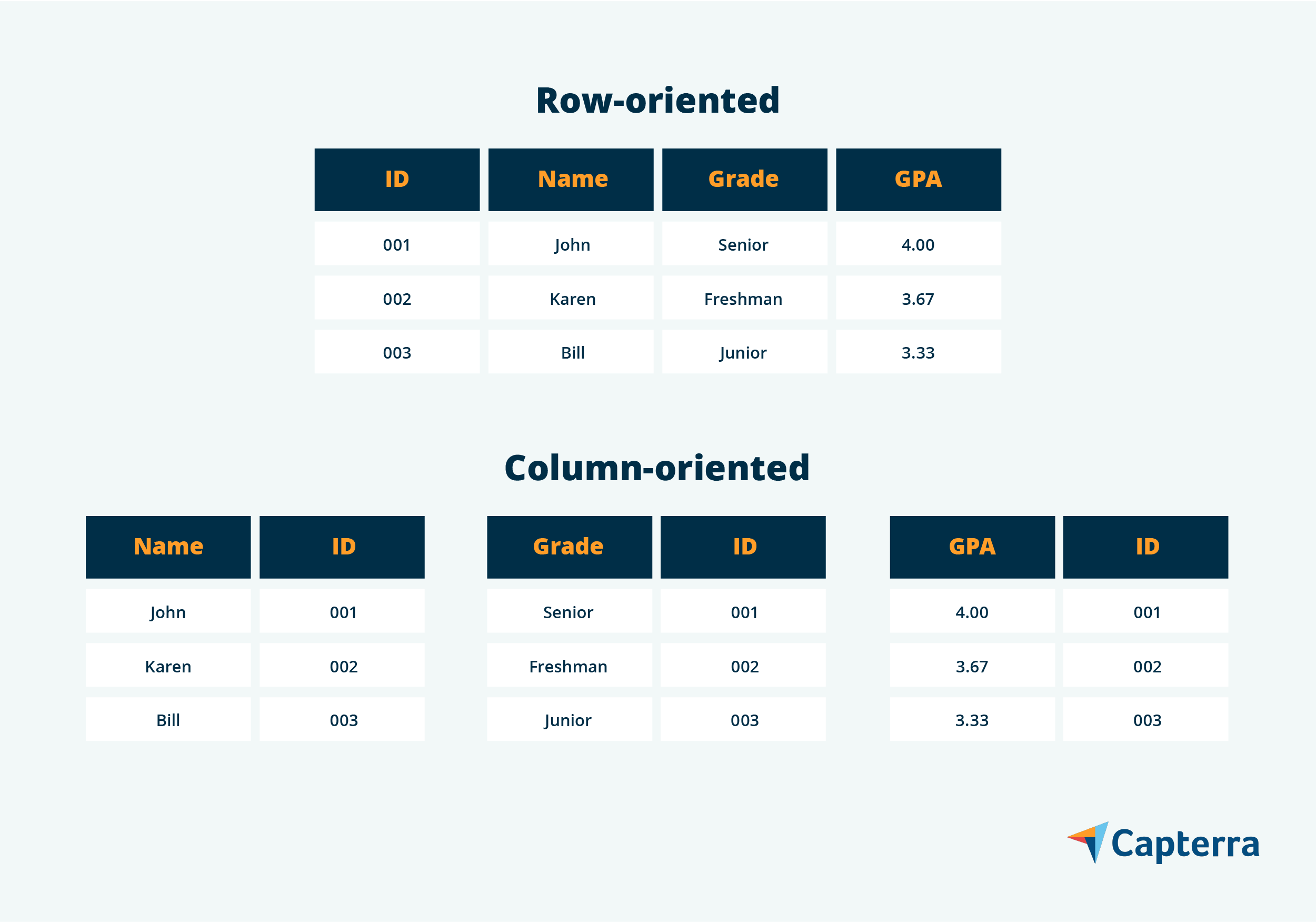
Example of the structure of a relational database management system
Why you should invest in a relational database management system
Easy to use: An RDBMS provides an intuitive interface that you can use to enter into or extract data from your database with minimal effort.
Secure: An RDBMS offers robust security features, such as encryption, to safeguard your database and the confidential data stored in it.
Scalable: An RDBMS can scale as your business grows and accommodate more data, users, applications, etc.
Cost-effective: You can set up and configure the relational database model without any expert assistance or training, thus saving the cost of hiring external consultants.
Isla Sibanda[1], an ethical hacker and network security specialist, shares her experience with using an RDBMS.
I and my team appreciate the capabilities of our RDBMS. We use it because it seems perfect for our requirements. We efficiently handle our customers' data, extract useful insights from it, and forecast future client behavior to provide them with more relevant offers or personalized marketing communications. I can say that the RDBMS has played a strong part in snowballing our customer retention rates.


Isla Sibanda
Network security specialist
2. Object-oriented database management system
An object-oriented database management system (OODBMS) stores data in the form of objects and their relationships. It uses object-oriented programming languages such as Python, R, and PHP to access and manage data. This makes it easy for your team to program complex applications that need to work with the data stored in the database.
This database model is often used to store complex data types and maintain the relationships between them. It’s a good option if you’re seeking high control over data when connecting the DBMS to your other business applications.
As a small business, you can use the OODBMS data model for web applications because it’s designed to support the complex data structures commonly used in web apps. It also supports concurrency, which enables web apps to handle multiple user requests simultaneously.
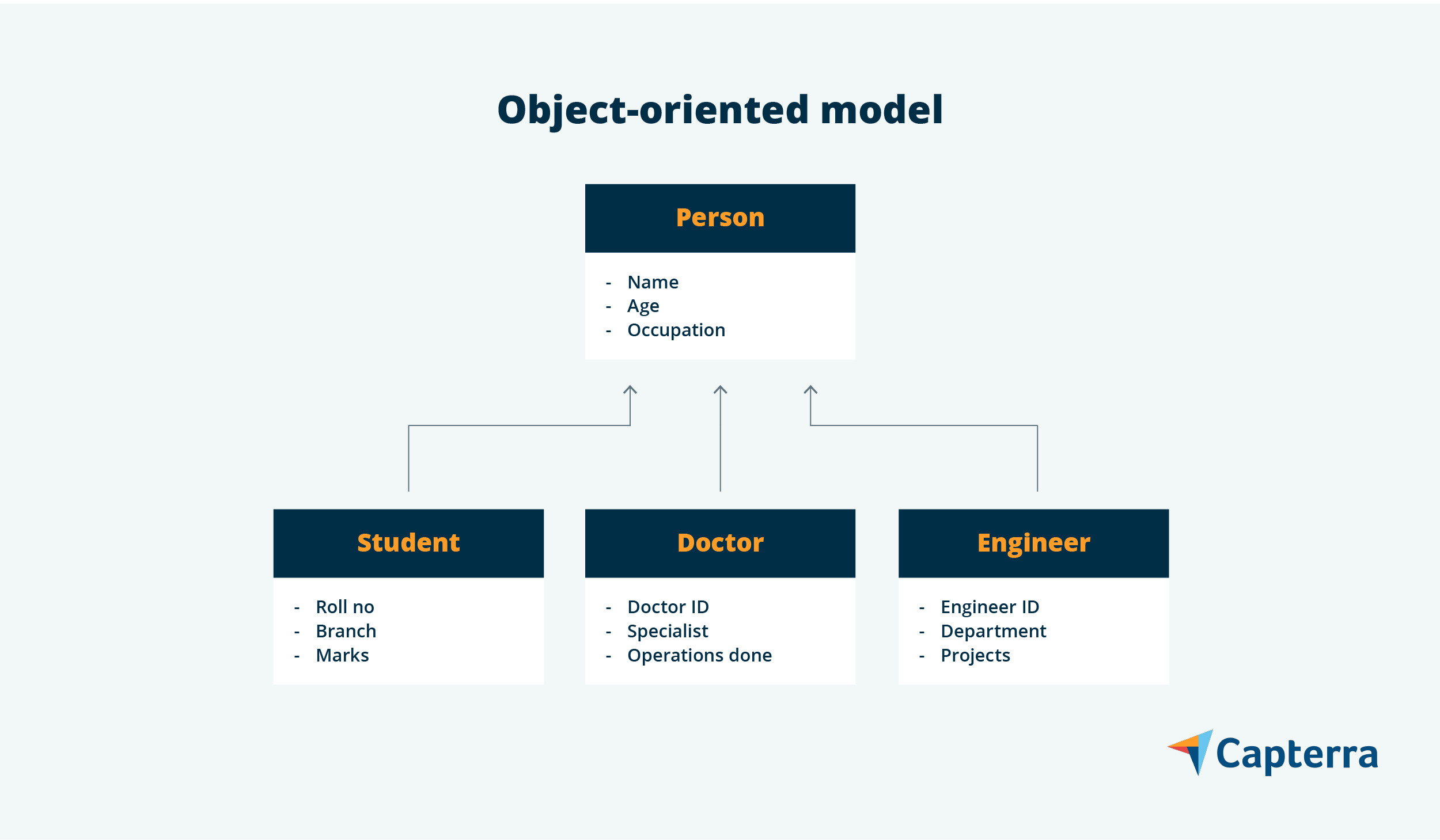
Example of the structure of an object-oriented database management system
Why you should invest in an object-oriented database management system
More flexibility and customization: An OODBMS is more flexible and customizable than an RDBMS and can be used to tailor your database as per specific business needs.
Improved performance: To store data in a database, it must first be converted into a compatible format. An OODBMS eliminates this data conversion step by storing and managing data in its native format. This helps save time and improve database performance.
Less complexity: An OODBMS allows your developers to create objects that represent real-world entities such as name, age group, and address. This helps reduce the complexity of your database.
Better control: An OODBMS offers various data control features, such as access permissions, data backups, and data restoration, to help you maintain oversight of data usage and prevent unauthorized users from modifying the data.
Increased scalability: An OODBMS is designed to accommodate the growth of your small business. It provides flexible data storage to easily scale up your operations without having to invest in new hardware or infrastructure.
3. Hierarchical database management system
The hierarchical model organizes data in a tree-like structure, making it easy for users to access and track their data. In a hierarchical database management system (HDBMS), data is organized into a hierarchy, with each level representing a different category of information.
Let’s say you want to manage the increasing volume of employee information in your database. You can use an HDBMS to create a top-level category for different departments, within which each department will have its own subcategory containing employee data for that department. You can easily access and update information on employees from each department, generate reports, and perform other analyses on the data to better manage and understand your workforce.
Even the U.S. Census Bureau uses the hierarchical data model to track, access, and update data on the population of each state[2].

Example of the structure of a hierarchical database management system
Why you should invest in a hierarchical database management system
Ease of use: An HDBMS organizes data in a tree-like structure, which makes it easy to understand and use for everyone on your team.
Reduced costs: An HDBMS automatically optimizes database storage and data processing, helping your small business save money.
Enhanced decision-making: An HDBMS lets you retrieve and analyze data efficiently and generate reports to help make smarter business decisions.
Faster performance: An HDBMS offers faster query performance than a flat database (where data is stored only in a single table) by traversing the hierarchy and retrieving the data you need.
Better data security: An HDBMS offers security features such as encryption, data integrity, user authentication, and data audits to protect your data.
4. Network database management system
A network database management system is designed to store, retrieve, and manage data in a networked environment. It allows sharing of data among multiple users on a network. It not only manages the data within the network but also ensures it’s consistent across all connected devices.
This database model is beneficial if you have a wide area network (WAN) and need to share data across locations. You can also use it when you want to ensure data consistency across the different divisions in your business. A network DBMS is more secure than other types of DBMS because data is spread out on a network, making it much more difficult for hackers to breach.
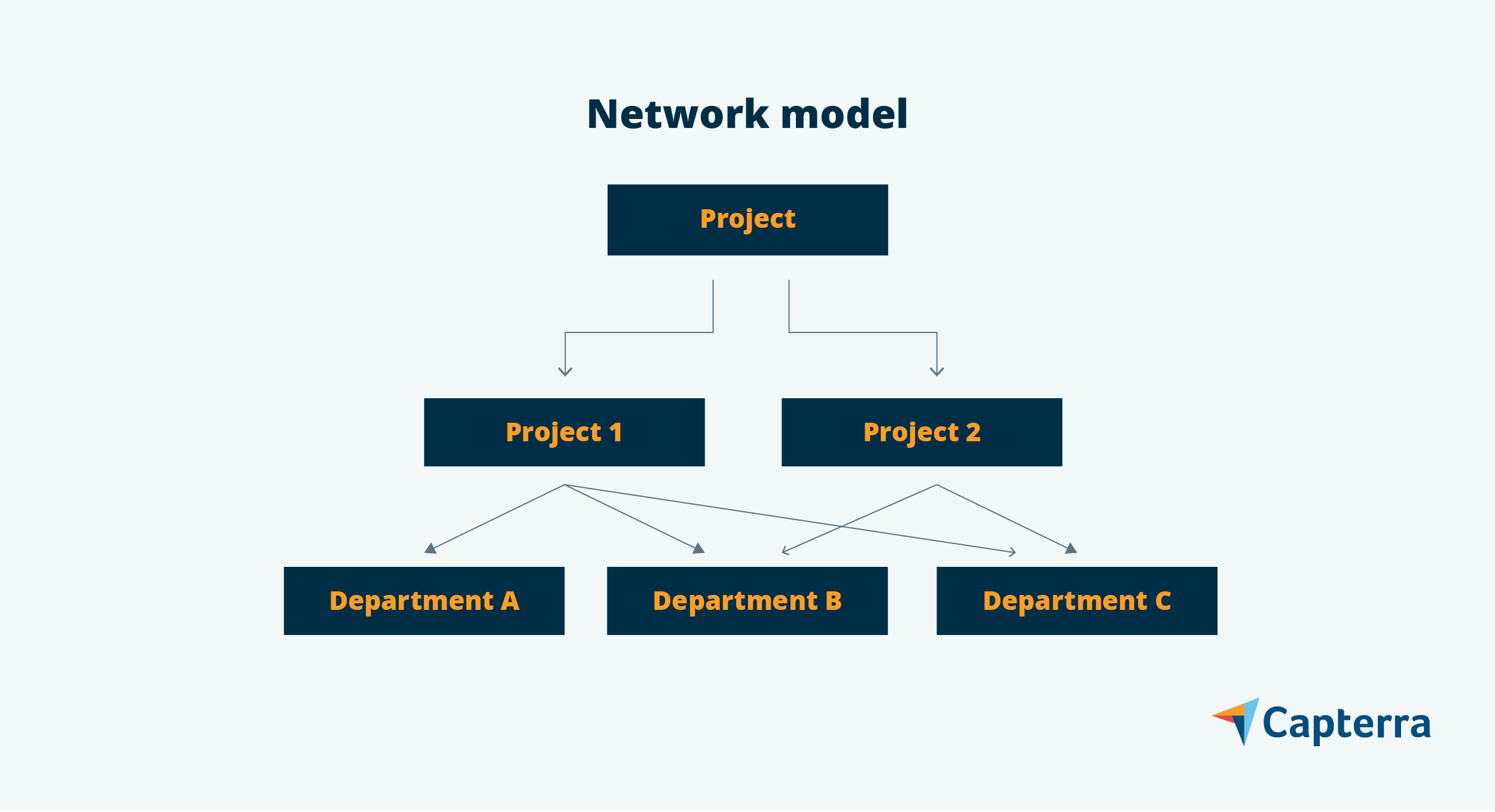
Example of the structure of a network database management system
Why you should invest in a network database management system
Organized inventory: A network DBMS lets you track inventory levels across products and departments so you know when it’s time to reorder items to avoid stockouts.
Better employee management: With a network DBMS, you can organize employees’ contact information, job histories, and performance reviews to identify top performers or address issues with underperforming staff.
Financial data management: A network DBMS helps monitor financial data, such as invoices, payments, and receipts, so you can track spending and cash flow.
Improved decision-making: A network DBMS provides access to accurate, up-to-date data, which you can use to gain insights into daily operations, assess marketing campaigns, devise pricing strategies, and make other crucial decisions that influence the growth of your small business.
Get the perfect database management system for your small business
Here are some tips for you to select the right DBMS for your small business needs:
Determine your business's specific needs. Consider factors such as the types and amount of data you need to store, the number of users who need to access the DBMS software, and the types of operations you need to perform on the data.
Consider the cost of implementing and maintaining the database system. Some systems may require a significant upfront investment, while others may have ongoing costs for licensing, support, and updates.
Choose a user-friendly database system. This will help ensure your employees can quickly learn how to use the database management software and that it doesn't become a hindrance to your business operations.
Consider the database system’s long-term scalability. As your business grows, you’ll need a database management system that can adapt and handle increased data storage and processing needs.
Interested in data management? Check out the following resources:

